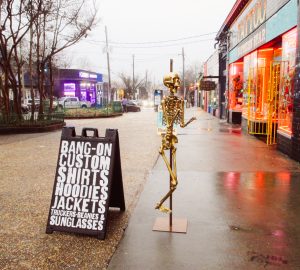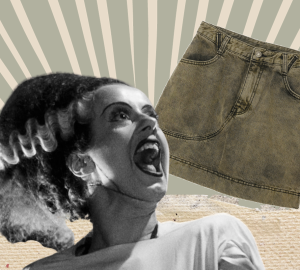
While clicking through Vogue’s coverage of the Metropolitan Museum of Art’s Costume Institute Gala from a couple weeks ago, I stumbled across some social media outrage regarding this year’s theme — “Heavenly Bodies: Fashion and the Catholic Imagination.” People were upset that their religion was being used as a costume, that cultural appropriation seemed only to fault to white people. Curious about the facts of this situation, I did some research on what cultural appropriation actually means and its relevance to today’s socio-political climate. Here are five reasons why this year’s Met Gala theme was not culturally appropriative.
Minority
Cultural appropriation can only occur if the culture being appropriated is the minority — and Catholicism is not the minority. Even though Islam is the world’s fastest growing religion, Christianity remains predominant and has been violently forced onto disadvantaged cultures throughout history. There were countless jabs from online commentators suggesting that The Met should have an Islamic or Judaic theme next year, which is not only a malicious suggestion but also a misinformed one. Judaic or Islamic inspired costumes would indeed be culturally appropriative because both of these religions have a history of being discriminated against. To this day they are held at a social disadvantage that Catholics are not.
Knowledge and consent
Cultural appropriation only occurs when the culture being appropriated does not have knowledge of the appropriation taking place and has not consented to it. The Catholic Church gave consent. Andrew Bolton spent years discussing his idea with Prefect of the Papal Household Archbishop Georg Ganswein, who approved the loan of artifacts. Senior Vatican officials donated more than 40 items from the Sistine Chapel Sacristy to the Costume Institute to present with the exhibition. If that isn’t enough, Archbishop of New York Cardinal Timothy Dolan gave opening remarks at the event explaining his support of the theme.
Original intent changes
Appropriation can only occur if the original intent or meaning of the symbols has been ignored or misconstrued. Members in attendance knew and understood the significance of Catholic symbols. The intention of the exhibition was to showcase the many ways Catholic iconography has inspired fashion designers throughout the ages, elevating the aesthetic splendor and mystique associated with the church by Catholics and non-Catholics alike.
Creators/audience is not of that culture
Appropriation can only occur if someone who isn’t from that culture is doing the appropriating. True, not all of the attendees were Catholic, but many of the attendees were outspokenly Catholic (or of other sections of Christianity) and costumed themselves out of pride and celebration of their religion. Cardi B cited her religion as the inspiration for her costume, and Donatella Versace embraced the theme with nostalgic enthusiasm due to her Catholic upbringing.
Social response
Cultural appropriation is most flagrant when it evokes a positive response that someone from the same culture wouldn’t receive for doing or wearing the exact same thing. When Lana Del Rey wears a Native American war bonnet, she profits from her music festival aesthetic, even though Native American people remain sorely neglected by the U.S. government. Catholics are not at a social disadvantage for being Catholic, and are not negatively affected or culturally discredited by celebrities in Catholic-inspired costume.
The Met Gala outfits may have been upsetting to some, but they will not have long-lasting cultural effects or systemic consequences for Catholics or Christians overall. People are allowed to be offended by the theme, but they need to remember that the clothing worn at the Gala will not perpetuate any negative stereotypes of Catholics.





















